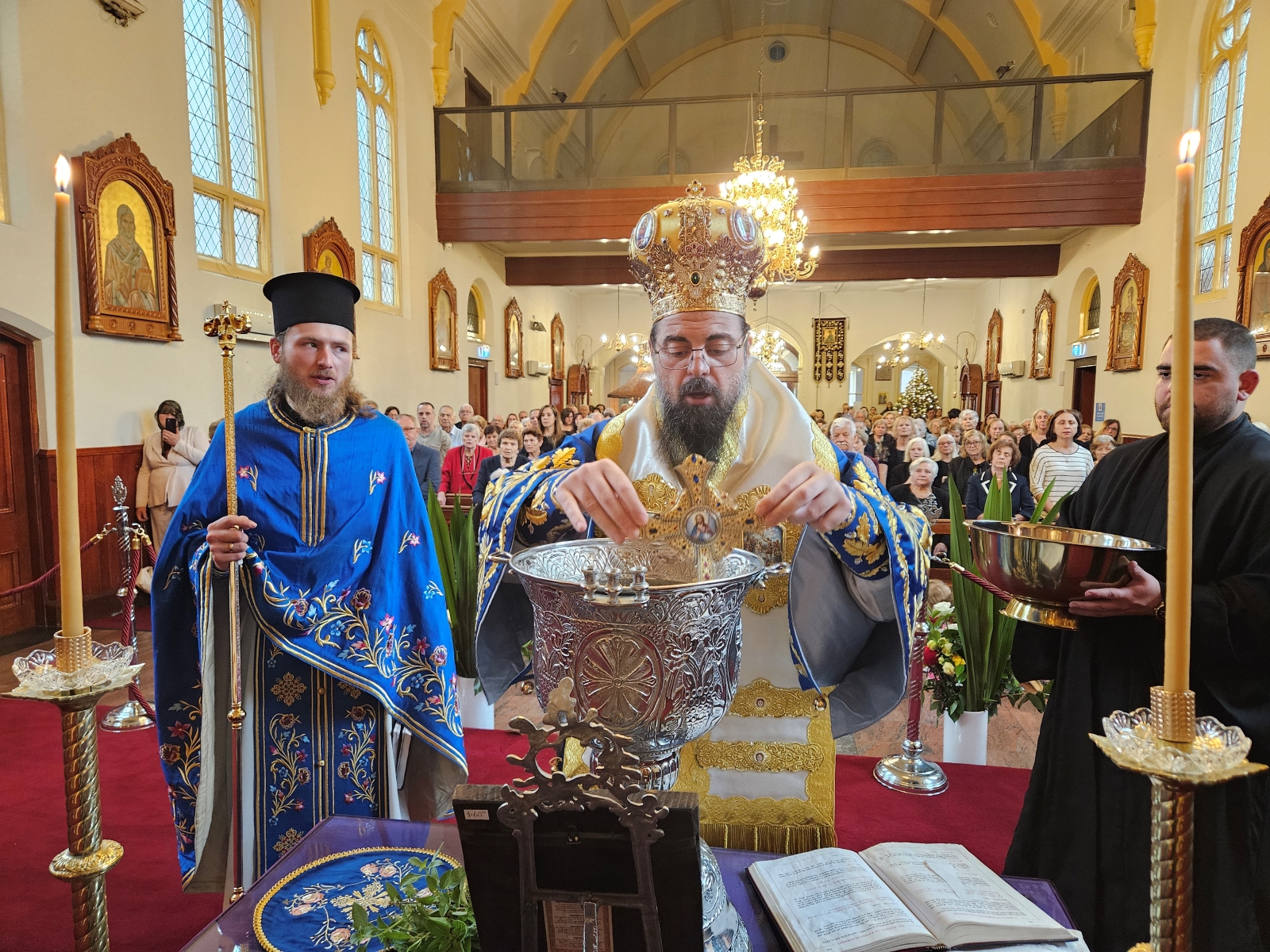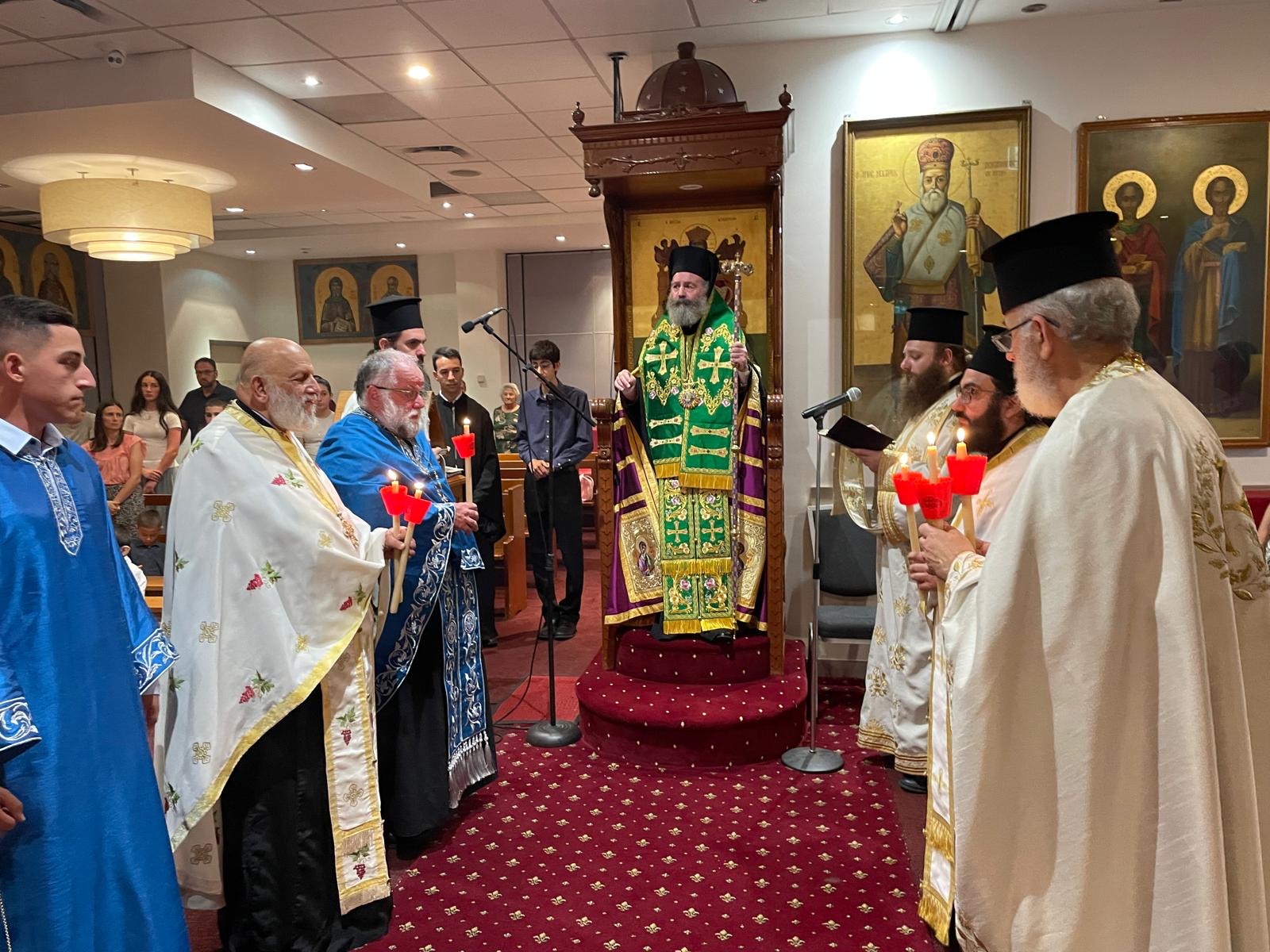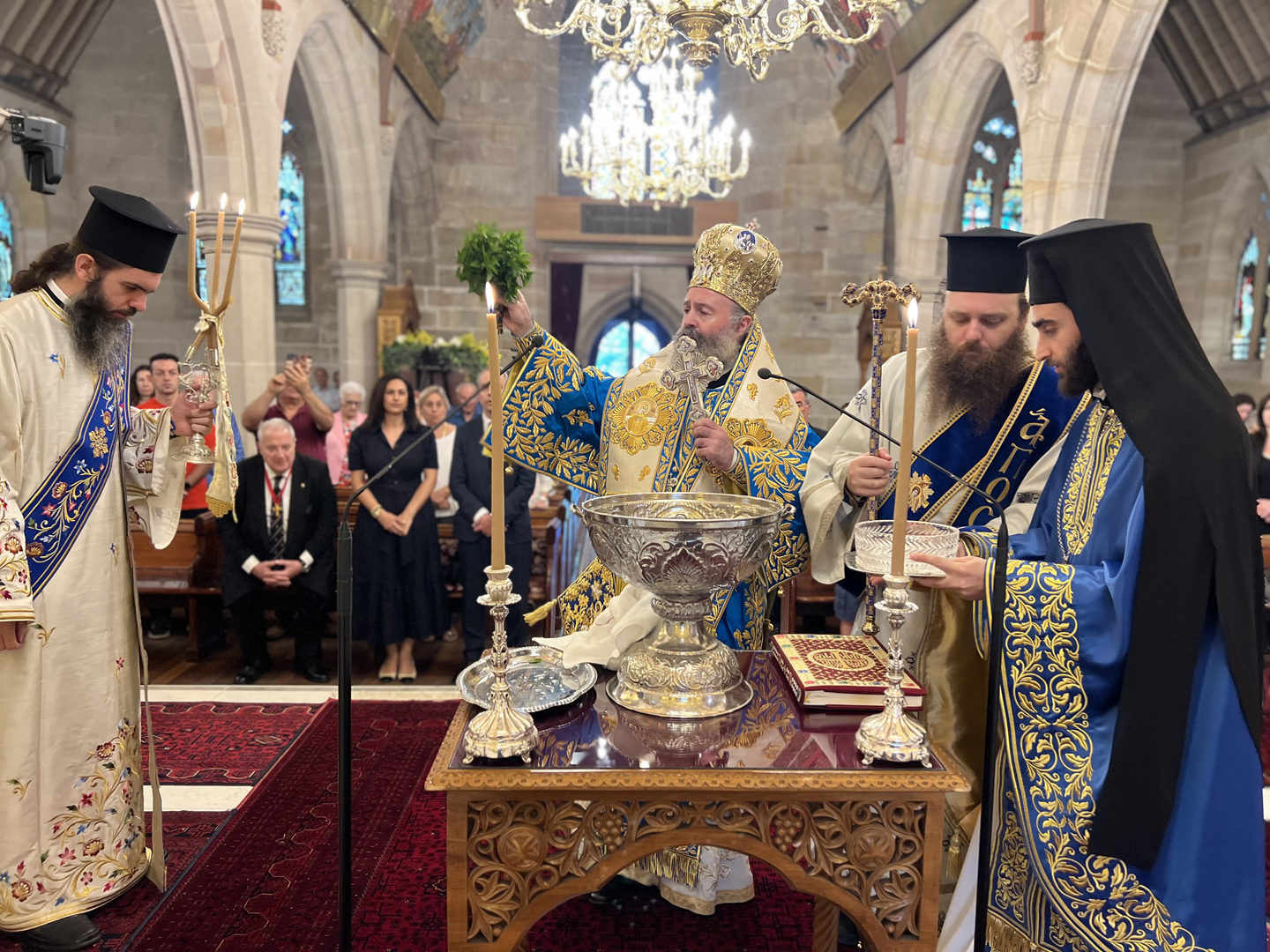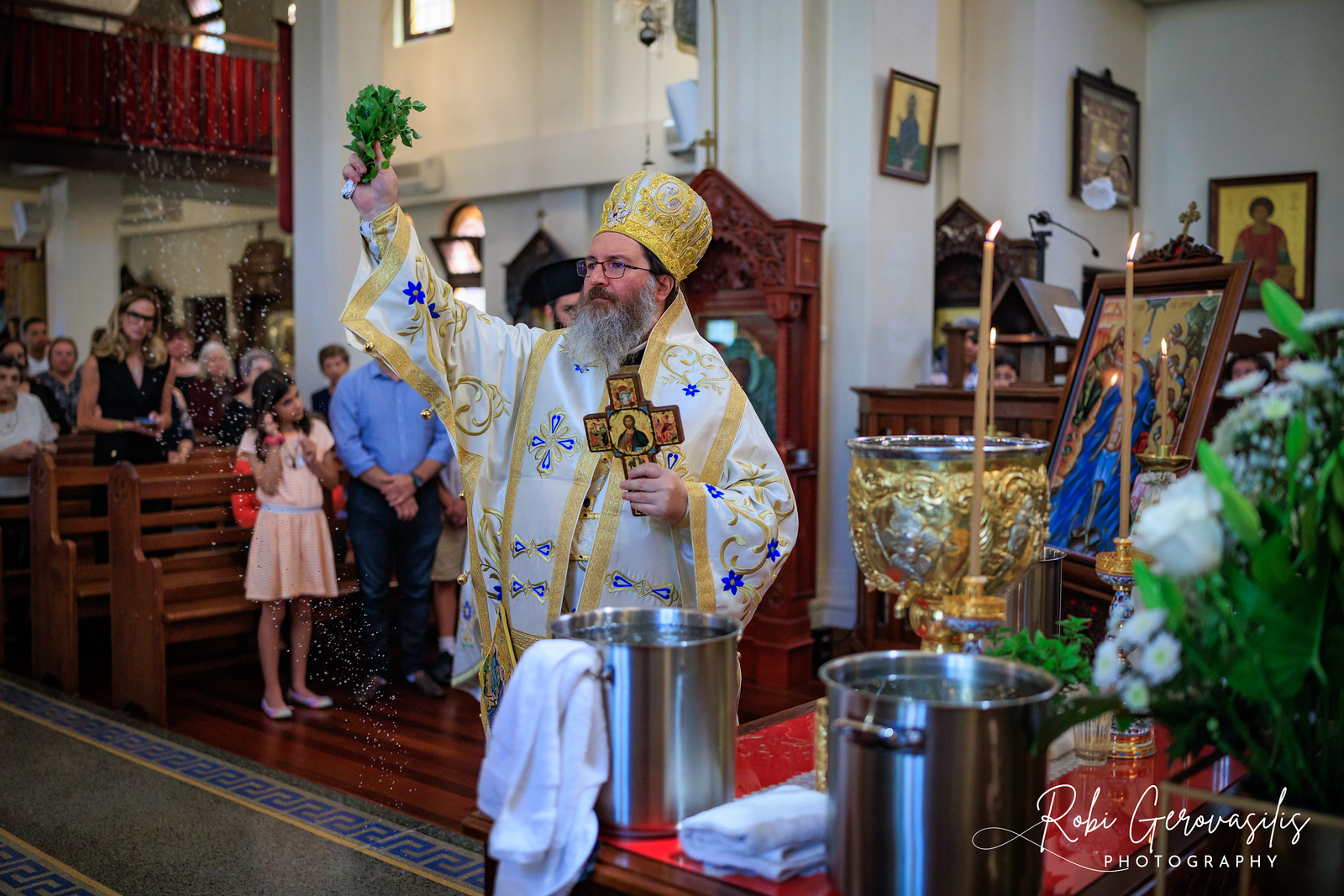The Feast of Saint Barbara and the Custom of Eating ‘Varvara’ in Thrace
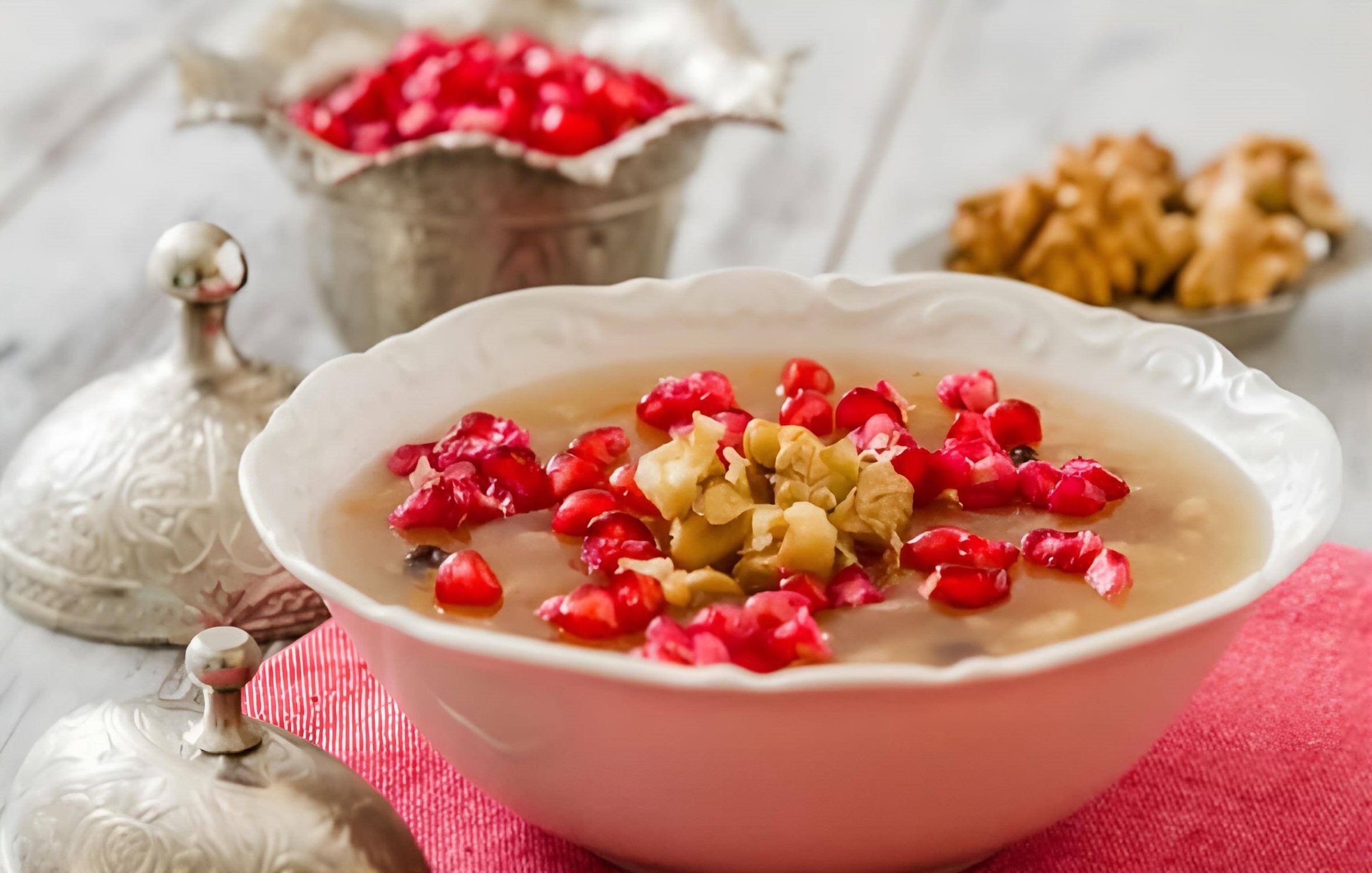

According to local tradition, in 1380, when the Ottomans took the city Drama, which lies in the region of Thrace, they destroyed a church dedicated to Saint Barbara next to a lake (named after St. Barbara) and desired in its stead to build there a mosque. On the feast of Saint Barbara, December 4, the region where the building of the mosque was taking place flooded. It flooded to the point where construction became impossible and the building of the mosque was abandoned through the miraculous intervention of Saint Barbara on her feast day. The ruins of the mosque can still be seen under the water. The chapel that exists today to St. Barbara is built on the lake and the bell tower is built where the old church is said to have existed.
On the feast day of St. Barbara, following the procession with the icon and Great Vespers, all the little girls of the area gather with lit candles on the eastern side of the lake where the old church used to be, and pray that St. Barbara protect them and give them health. Some place the candles on a plank of wood which they allow to float on the water, others place them in small boats. Following the festivities, which sometimes go through the night, families gather in their homes and eat a warm “varvara”.
This is a traditional food named after St. Barbara which resembles a more liquid form of koliva. According to tradition, the father of St. Barbara tainted all the bread with poison to exterminate the Christians, but St. Barbara notified them of this and told them to make bread with whatever they had in their homes. This is where the tradition of the varvara comes from. The next day the girls gather again at the lake and take some of this water as Holy Water and proceed to the Divine Liturgy.
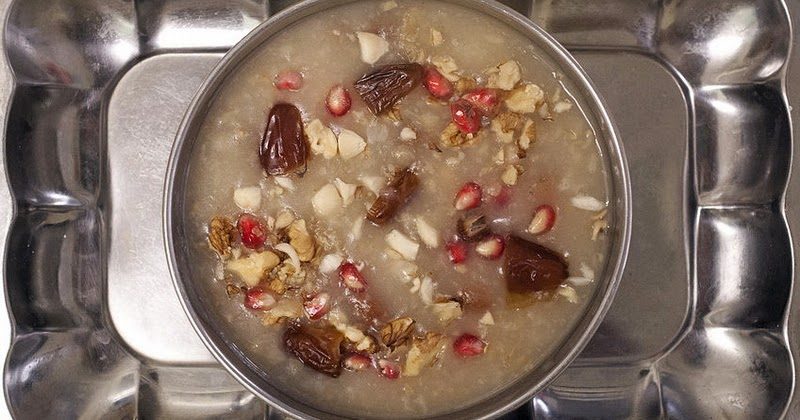

St. Barbara is a special protector of girls, and protects all children from childhood diseases, especially small pox, which killed many children in the region of Thrace. This is why to celebrate her, they serve something sweet and thereby sweeten her and her feast. The varvara was prepared the evening before the feast of St. Barbara, and it was eaten right after the Divine Liturgy the next day.
This day was a day of great anticipation for children. Early in the morning on her feast, the children would emerge from their homes and distribute to neighbors their varvara, and in return they would take some home. The atmosphere throughout the villages were festive. The houses were all cleaned ready to welcome visitors. The Thracian women would wear the traditional Thracian costume to lead the whole scene.
In the old days, the celebration of Saint Barbara’s feast was the time when agricultural activities were stopped, as well as the cares related to the cleanliness of the houses. And on the long nights of December, the feasts of the Saints of the Church gave the people the opportunity to exchange visits and enjoy the warmth from well-caring homemakers. Unfortunately, today’s modern lifestyle and the invasion of television in our homes has caused us to move away from our traditional patterns, interrupt our social contacts and gradually lose our cultural identity and our humanity.
In Thrace, nine ingredients are used to make varvara: Wheat, almonds, walnuts, pomegranates, raisins, cinnamon, sesame, tahini and finely chopped fruits, mainly hard apples. In the area of Makras Gefyras and Adrianopole, for good luck, they threw in 3 to 4 beans and anyone who found them was considered blessed.
Source: John Sanidopoulos

